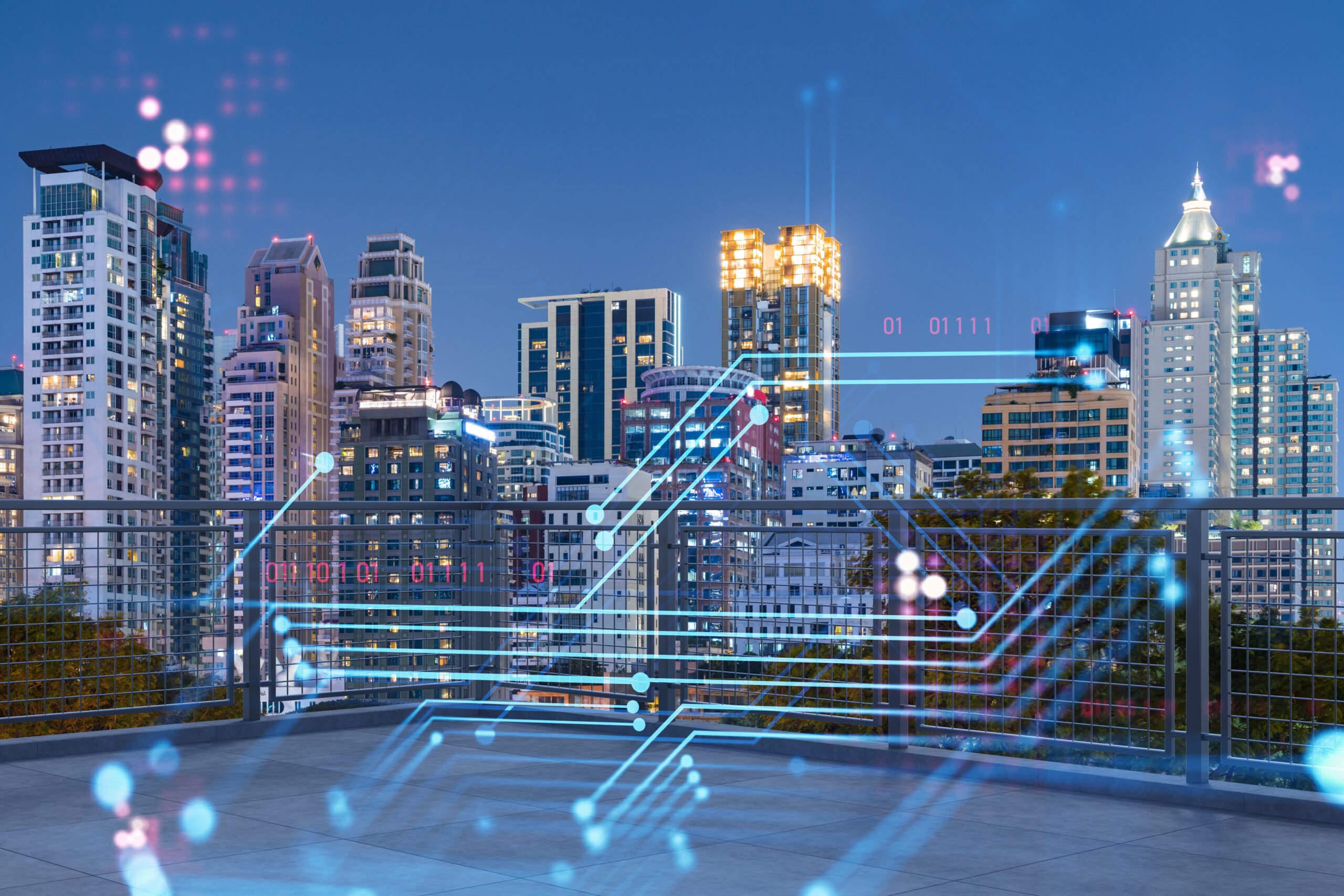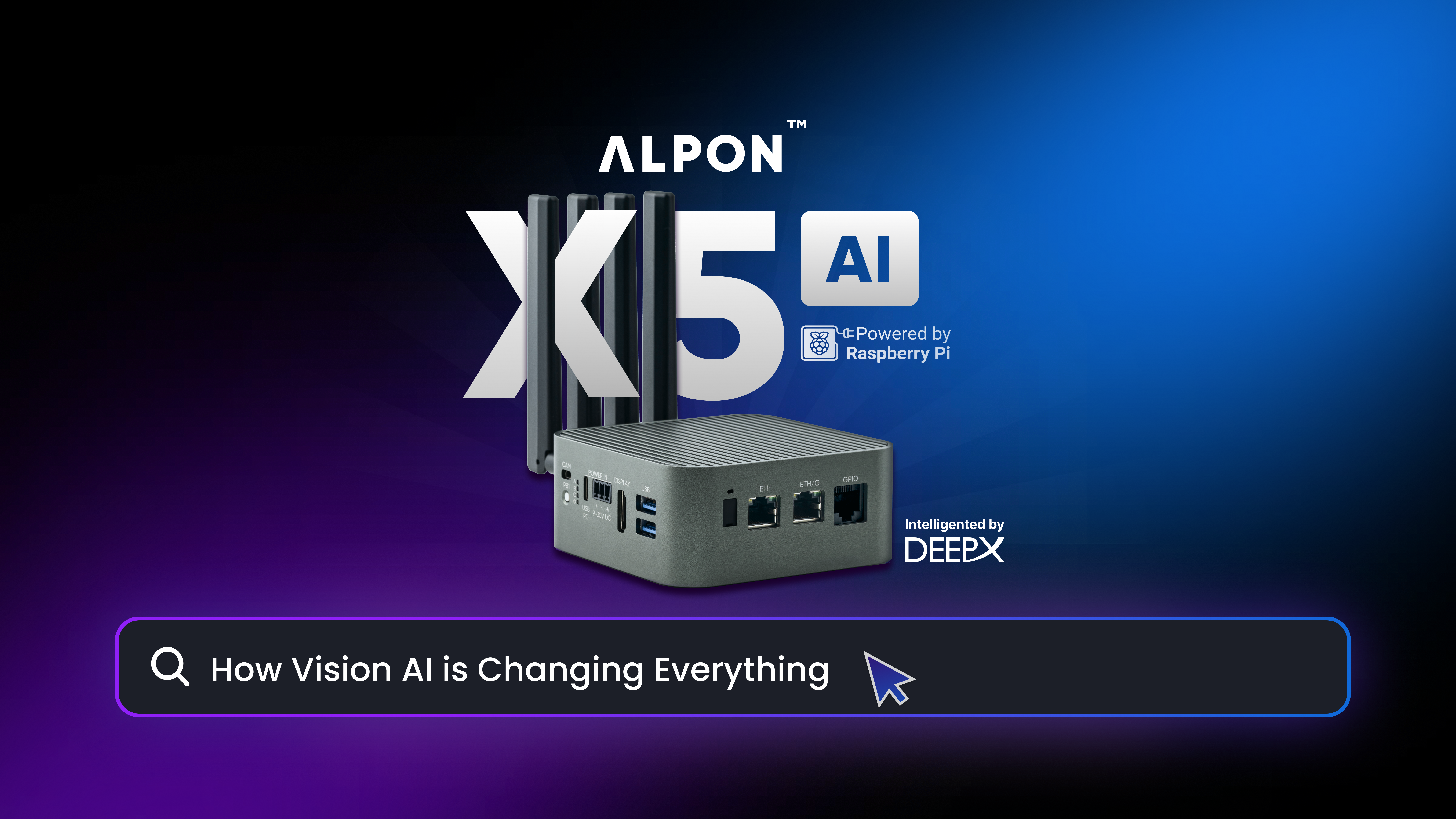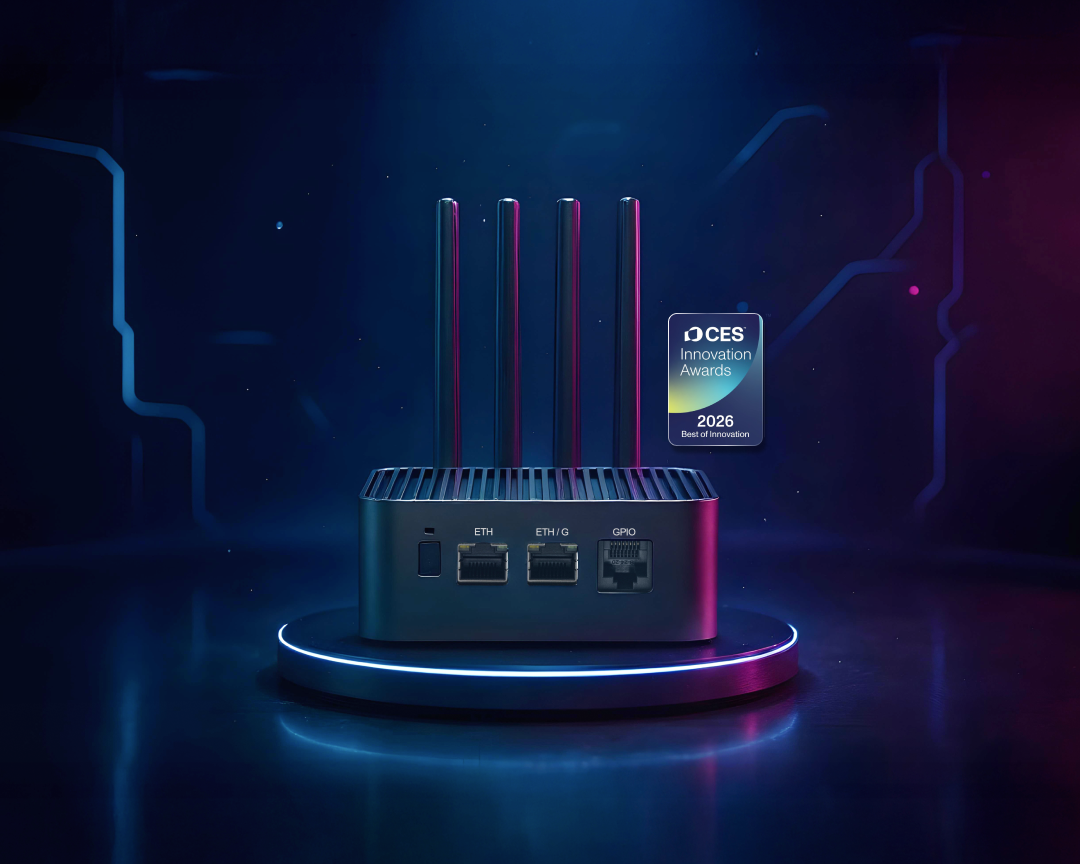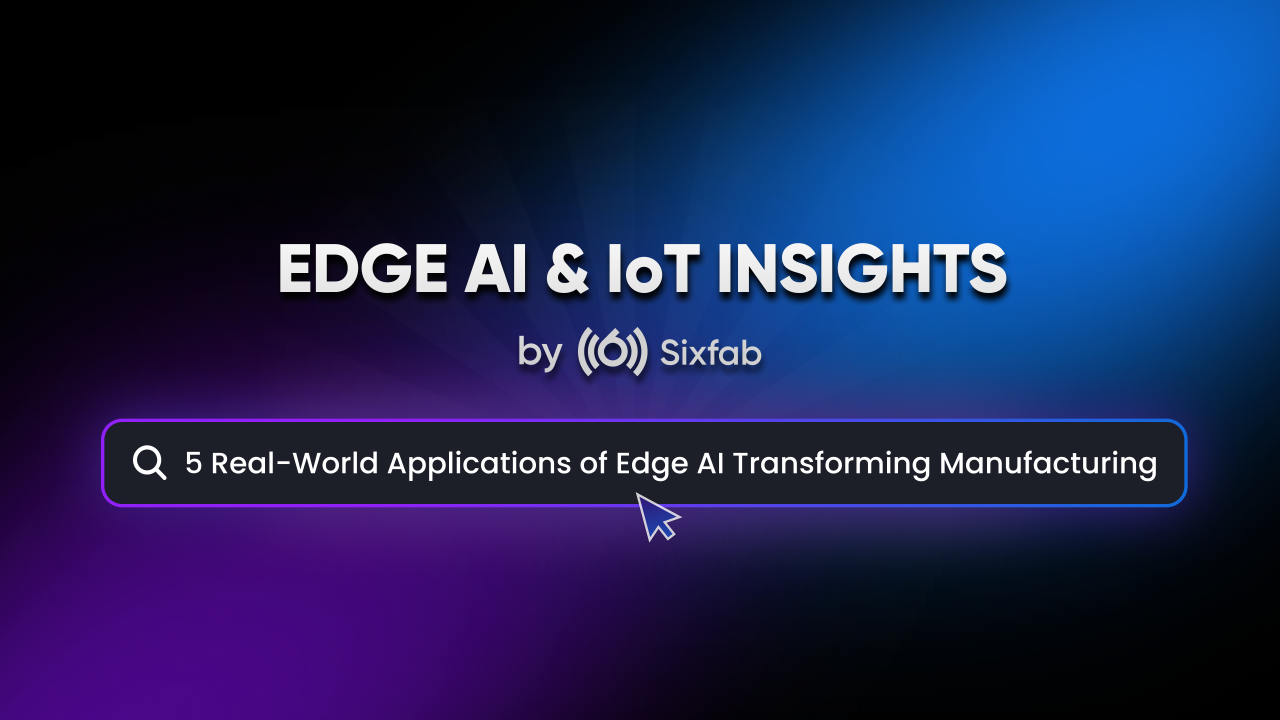The global phenomenon of urbanization is unstoppable, drawing in countless individuals seeking opportunities, amenities, and a better standard of living. However, this influx also presents significant challenges, from traffic gridlock and pollution to safety concerns and resource management. Yet, amidst these obstacles lies a wealth of opportunity for innovation and transformation. This article explores the realm of IoT Edge technology and its pivotal role in revolutionizing urban landscapes, fostering smarter, safer, and more efficient cities than ever before.
Powering the Transformation: What is IoT Edge?
At the heart of the smart city revolution lies IoT Edge technology. But what exactly does it entail? In simpler terms, IoT Edge involves deploying IoT devices and sensors at the edge, the very location where data is generated, collected, and processed in real time. Unlike traditional cloud-based IoT systems that rely on sending data to centralized servers for processing, IoT Edge brings computation and analytics closer to the data source, enabling swifter decision-making and minimizing latency.
So, how does IoT Edge work in practice? Picture a smart traffic management system installed in a bustling city. Traditional IoT setups would entail traffic data being collected by sensors installed at various intersections, and then transmitted to a central cloud server for analysis. However, with IoT Edge technology, these sensors are equipped with onboard computing capabilities, allowing them to process data locally. This means that traffic congestion patterns, vehicle speeds, and other critical information can be analyzed right at the intersection itself, without the need to send data back and forth to a distant server.
IoT Edge technology minimizes latency or the delay between data generation and action. By processing data locally, latency is significantly reduced compared to cloud-based systems, where data must travel long distances over networks before being processed. This low latency is essential for real-time applications, such as industrial automation or remote healthcare monitoring, where immediate responses are imperative.
Furthermore, IoT Edge enhances data privacy and security. Since sensitive data is processed locally, there’s no need to transmit it over external networks, reducing the risk of interception or unauthorized access. This is particularly vital in scenarios involving personal or confidential information, such as healthcare or finance.
In essence, IoT Edge technology represents a fundamental shift towards decentralized, distributed computing architectures, where intelligence is pushed to the edge of the network. By harnessing the power of IoT Edge, organizations can unlock new levels of efficiency, responsiveness, and security in their IoT deployments, paving the way for smarter, more connected environments.
Benefits of Edge Computing in Smart Cities
The integration of edge computing in smart cities brings forth many compelling advantages that revolutionize urban operations and enhance the quality of life for residents. Firstly, by processing data locally at the edge, cities gain heightened efficiency in their operations. This means that critical data generated by sensors embedded in urban infrastructure, transportation systems, or public amenities is swiftly analyzed and acted upon right where it’s generated, without sending it to distant servers for processing. As a result, decision-making processes are expedited, enabling authorities to respond promptly to changing conditions and emerging situations, such as traffic congestion, environmental hazards, or public safety incidents.
In addition to efficiency and responsiveness, edge computing also fortifies the security posture of smart cities. By keeping sensitive data localized and minimizing the need for data transmission over external networks, edge computing mitigates the risk of data breaches, cyberattacks, and unauthorized access. This is especially critical in safeguarding citizen privacy and protecting against potential threats to critical infrastructure, such as transportation networks or utility grids.
Furthermore, edge computing offers scalability and cost-effectiveness, making it an appealing solution for urban environments characterized by high data volumes and time sensitivity. With edge computing, cities can easily scale their IoT deployments to accommodate growing data demands without incurring exorbitant infrastructure costs. This scalability ensures that smart city initiatives remain agile and adaptable to evolving needs and technological advancements, ensuring long-term sustainability and viability.
Revolutionizing Urban Infrastructure: Applications of IoT Edge
The applications of IoT Edge in urban infrastructure are vast and diverse. From traffic management and public safety to waste management, energy management, and public amenities, IoT Edge technology is reshaping how cities operate.
- Traffic Management: With IoT Edge, cities gain the capability for real-time monitoring and optimization of traffic flow, revolutionizing the commuting experience for residents and visitors alike. By deploying sensors at key intersections and thoroughfares, traffic data is collected and processed locally, enabling traffic signals to dynamically adjust in response to changing conditions. This proactive approach leads to smoother commutes, reduced congestion, and optimized travel routes, ultimately alleviating the frustrations associated with urban traffic congestion. For example; In Delhi, India, integrating IoT Edge technology has revolutionized traffic management across the city. With over 7,500 CCTV cameras, programmed traffic lights, and one thousand LED signs strategically placed throughout the urban landscape, real-time data is collected at key intersections and traffic hubs. Similarly, in Milton Keynes, England, city-wide intelligent cameras are deployed to predict traffic conditions with remarkable accuracy. Utilizing a deep learning model, data collected from these cameras is processed to forecast traffic conditions up to 15 minutes ahead with an impressive 89 percent accuracy rate. [1]
- Public Safety: Leveraging IoT Edge technology, cities can enhance public safety through early emergency detection and predictive analytics. By deploying sensors and surveillance cameras equipped with AI-powered algorithms, potential threats and security incidents can be identified and addressed in real time.
- Waste Management: IoT-enabled smart bins equipped with sensors and actuators enable cities to optimize waste collection schedules and improve overall waste management efficiency. By monitoring fill levels and scheduling collections based on demand, cities can reduce operational costs, minimize environmental impact, and enhance the cleanliness of public spaces. Additionally, IoT Edge technology facilitates the implementation of smart recycling initiatives, encouraging sustainable practices and reducing waste generation. The global adoption of smart waste sensor technology has seen remarkable growth, with the number of waste collection points equipped with these sensors reaching 1.25 million worldwide in 2023 (excluding China). This figure is projected to continue rising at a compound annual growth rate (CAGR) of 22.8%, reaching an estimated 3.50 million by the year 2028.[2]
- Energy Management: IoT Edge technology is pivotal in optimizing energy usage and promoting sustainability within urban environments. Smart grids equipped with IoT sensors enable real-time monitoring of energy consumption patterns, allowing utilities to identify inefficiencies and implement demand-response strategies to balance supply and demand. By optimizing energy distribution and reducing waste, cities can achieve significant cost savings, minimize environmental impact, and promote a more resilient energy infrastructure.
- Public Amenities: IoT Edge technology can transform public amenities such as lighting and parking to enhance the quality of life for residents and visitors. Smart streetlights equipped with sensors and adaptive lighting controls not only improve energy efficiency but also enhance safety and security by illuminating areas in real time based on usage patterns and environmental conditions. Similarly, IoT-enabled parking solutions provide real-time availability information, guiding drivers to available parking spaces and reducing congestion and emissions associated with circling for parking.
A Glimpse into the Future: The Potential of Smart Cities
Looking ahead, the potential of smart cities is truly awe-inspiring. Imagine personalized city services tailored to individual preferences, predictive maintenance systems preempting infrastructure failures, and citizen engagement platforms empowering active participation in urban planning and governance. With IoT Edge technology as the cornerstone, these futuristic visions are well within reach.
Sixfab: Enabling the Smart City Revolution
At Sixfab, we are unwavering in our commitment to fueling the smart city revolution with our cutting-edge IoT Edge solutions and seamless connectivity products. At the heart of this innovation is Alpon X4, our latest edge computing solution designed to power the next generation of smart city applications. Together, we can propel cities towards a future that is safer, more efficient, and more accommodating for every individual.
Bibliography
[1] 5G and Edge AI: Tackling Traffic Management; by Vinod Bijlani, April 5, 2022. source
[2] Smarter waste management has plenty of room to grow, Published by FutureIoT, April 29, 2024. source



